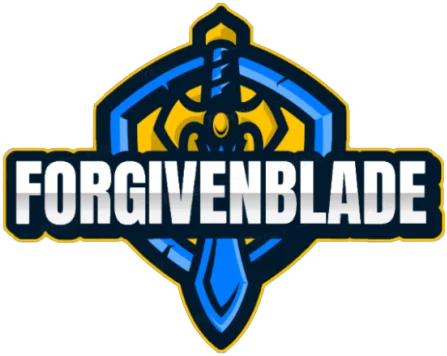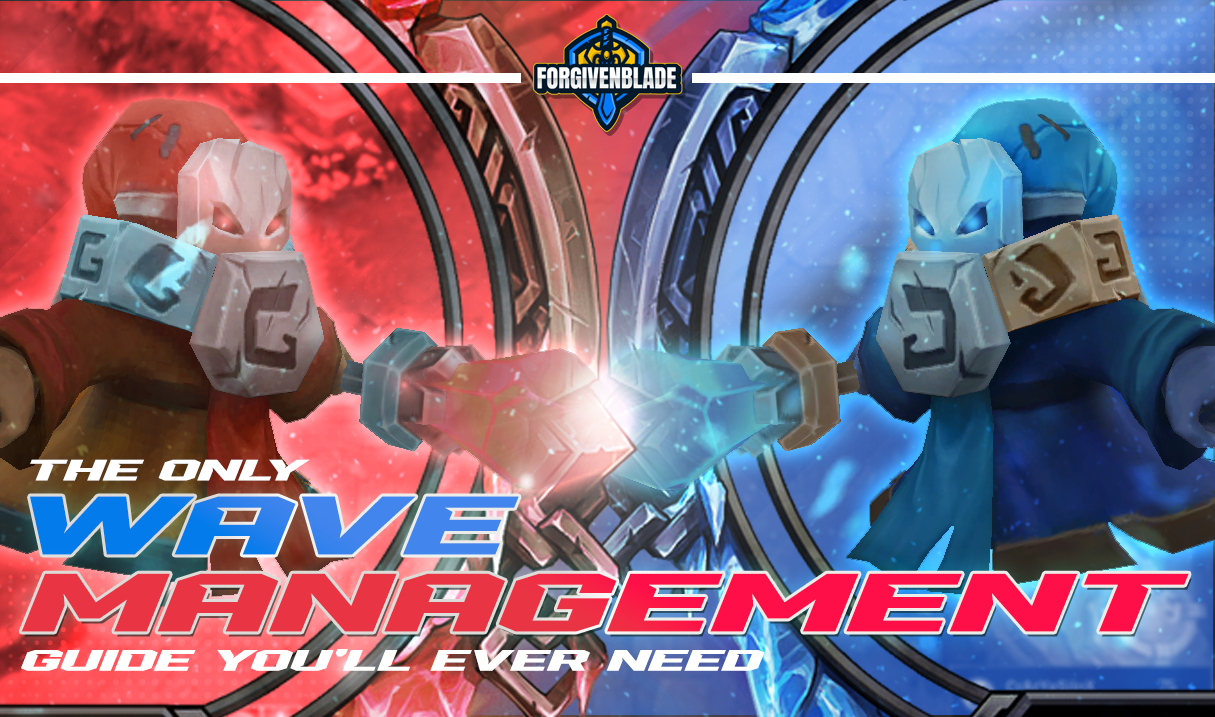
Blog
Best Wave Management LOL Guide – League of Legends
Wave Management, or Wave Control in LoL, is one of the most important things to know, regardless of whether you play Top lane, Jungle, Mid lane, ADC, or Support. It holds significance across all ranks—from Bronze to Gold to Diamond.
The lower your elo, the faster you’ll see results in your gameplay when you properly manage your waves and gain a better understanding of them.
Conversely, in higher ELOs, meticulous attention to detail and subtle improvements are necessary to set yourself apart and climb the ranks.
Let’s delve into what needs learning and the various types of wave management tactics in League of Legends!
Here are the key aspects to understand:
1) How waves function.
2) Different types of wave management tactics.
3) Their advantages and disadvantages.
4) How to effectively employ them.
Why is proper wave control crucial?
1) It provides better lane control, simplifying your gameplay.
2) You influence your opponent’s actions.
3) It forces mistakes.
Mastering this allows you to position yourself advantageously, resulting in higher success rates not just during laning but also in the mid to late game. Starting the mid-game phase with an advantage makes winning easier.
With proper wave management, consistent pressure leads opponents into making mistakes. The knowledge you’re about to gain will help you achieve this. So, let’s begin!
(To determine the appropriate wave tactic based on matchups, refer to matchup guides for your specific champion. Visit MOBAFIRE for well-written champion guides.)
THE 4 DIFFERENT TYPES OF MINIONS
Casters Minions:
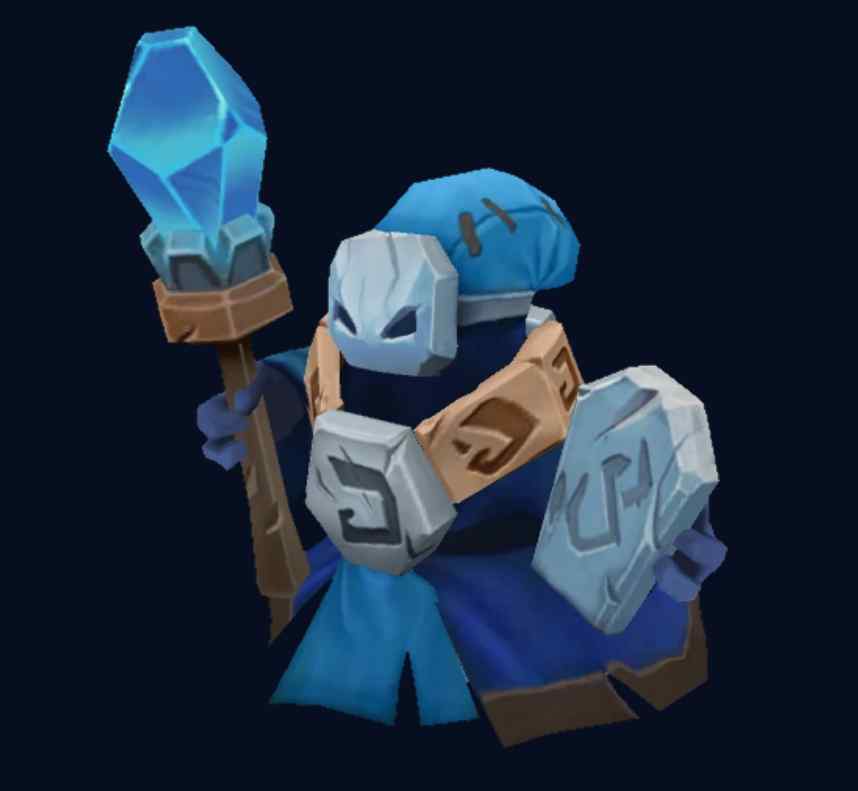
Cannon Minions:

Melee Minions:
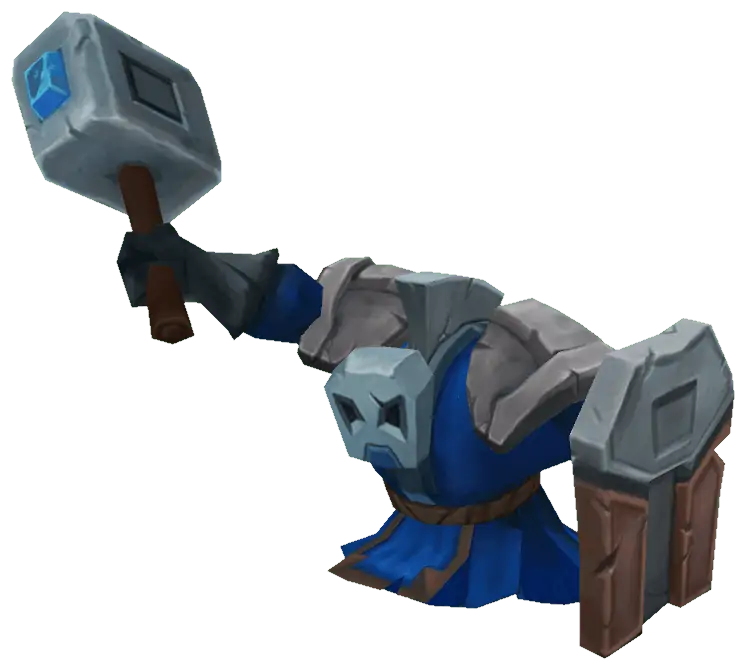
Super Minions:
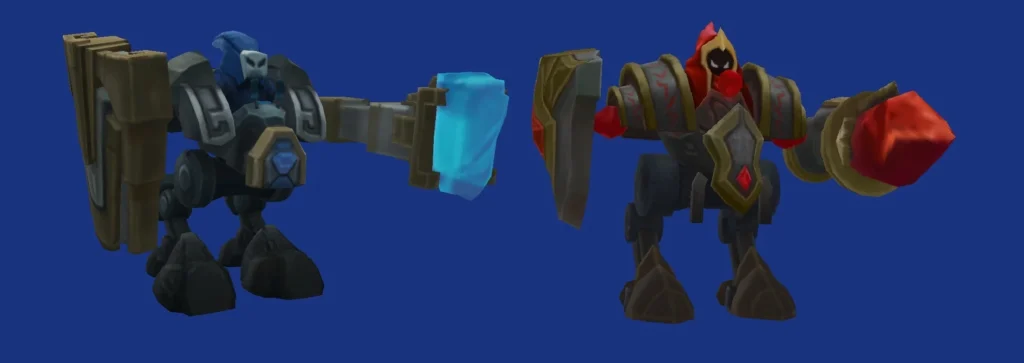
The 3 types of Wave Management:
1. Fast Pushing:
1.1 Fast pushing involves actively damaging the wave to push it under your opponent’s tower.
Reasons for fast pushing vary:
*ALL CLIPS ARE TAKEN FROM THIS TWITCH CHANNEL*
EXAMPLE OF HOW FAST PUSHING / SHOVING IN A WAVE LOOKS LIKE:
– You want to recall due to accumulated gold or to reach a power spike/full item.
– The enemy jungler is nearby, posing a gank threat.
– Your jungler is on the opposite side of the map, and the wave is pushing towards your –opponent.
– You aim to set up a dive on your opponent(s), which requires premeditation and planning.
– Roaming or joining a nearby fight necessitates excellent map awareness and camera control.
– Deny enemy laner minions when they’ve recalled or are missing from the lane.
– Compel your enemy laner to return by suspecting their movements, like heading towards mid-lane due to your mid-laner’s aggressive positioning, leaving them vulnerable to ganks.
1.2 The cons of fast pushing are:
– Offering little to no pressure on your opponent can grant them free Gold/XP, disadvantageous against scaling champions with weak early games, such as Nasus or Kayle.
2. Freezing
Freezing Example:
2.1 Freezing involves allowing your wave to remain slightly disadvantaged, positioned a bit further from your tower:
– When you don’t need to be elsewhere on the map
– To deny minions and pressure opponents, deterring them from engaging due to potential ganks
– Against champions with stronger early games, restricting their ability to trade frequently
– Protection from ganks or setting up ganks when your jungler is nearby
– Creating space for extended trades after your opponent’s mistake
– Enabling short, burst trades and poking opportunities
– Remember, adaptability is key as tactics vary with champions and matchups
– Expect the enemy jungler’s interference if they struggle to break your freeze, potentially pressuring your lane.
2.2 Downsides of freezing include:
– Allowing the enemy laner to roam without timely follow-up
– Duration limits: Top lane freezes last up to levels 9 to 11, mid lane up to levels 7 to 8, and bot lane up to level 6 due to the risk of multiple champions diving under the tower.
For the mid lane, freezing is possible up to levels 7 to 8 because champions possess great long-range wave clear and robust items/stats. With just one rotation of abilities, they can wipe out the entire wave.
– In the bot lane, freezing can be maintained up to level 6. Beyond this point, the risk of being dived under the tower by 3 to 4 champions, all equipped with ultimates, is something best avoided at all costs
– Remember, these guidelines are general, and adaptability is crucial. Tailoring your strategy to suit each game’s specific circumstances is paramount
3. Slow Pushing:
– Slow pushing stands as the most potent among the three wave tactics in League. What defines a slow push? It involves gradually pushing the wave towards your opponent’s side. To achieve this, you need to establish a wave advantage and only last-hit minions right before they die. This strategy offers several advantages:
Slow Pushing Example #1
Slow Pushing Example #2
3.1 Slow Pushing Pros:
– Denying minions from your opponent, as engaging in a fight within a large wave usually results in a loss for them. The same applies when you’re on the receiving end of a slow push. Engaging in fights during large waves or slow pushes is rare, and it’s typically better to avoid them
– Greater potential to outplay a 2v1 gank due to the larger wave, which may also prevent certain abilities that can be blocked, such as Graves’ AAs or Viego’s stun
– Opportunities for diving alongside your jungler, allowing ample time to set up the dive and decrease the likelihood of the target surviving. Usually, when faced with a dive or seeking to prevent it, you’d start clearing minions immediately to prompt the tower to assist as quickly as possible
3.2 After crashing the wave but unable to initiate a dive, you might consider the following:
– A clean recall into the wave slowly pushing towards you, resulting in a freeze or catching the wave right on time, losing minimal to no minions
– Roaming to other lanes, potentially assisting your jungler with rift, drake, scuttle, or even invading the enemy jungle to eliminate the enemy jungler or help secure camps safely
– Placing vision in the enemy jungle, offering vital information about the enemy jungler’s whereabouts or absence. An interesting benefit few know: if you had vision of a missing camp after it was taken down, a stopwatch icon appears on your minimap, signaling that the camp will respawn soon, hinting at the enemy jungler’s imminent return once it respawns
– Establishing river vision to spot the enemy jungler or others like the enemy mid or support moving towards your lane
– Gathering a honey fruit from the river for HP/Mana, aiding in extended stays in lane after an even or unfavourable trade. Honey fruits spawn between 6:00 to 6:20 minutes into the game
– Utilizing the plants in the enemy jungle (Vision plant/Blast cone), denying the enemy team access to these resources and ‘starving’ them out
– Approaching enemy camps (ONLY IF YOU CAN TAKE ON THE ENEMY JUNGLER AND NO OTHER LANERS ARE MISSING), which offers similar advantages as placing vision inside the enemy jungle
– Obtaining the scuttle crab, providing vision for potential roams, a movement speed boost for you and your teammates (useful for potential escapes, faster roams, or chasing enemies along the river)
– Securing the dragon, ensuring proper vision setup if unaware of the majority of the enemy team’s positions
– Claiming the rift herald, facilitating a significant tempo advantage and snowball potential while offering increased vision, especially in mid-lane, where waves will push further into the lane, potentially preventing rotations or providing crucial information about them
– Stealing enemy jungle camps, depriving the enemy jungler of resources and potentially tilting them
– Simply staying out of vision (effective in applying pressure for potential ganks or invades). This becomes notably effective in higher ELOs, where players pay more attention to the minimap and communicate through pings to warn their teammates of missing enemies

– With the item ‘Hullbreaker,’ you empower nearby cannon and super minions for five minutes after taking down an enemy inhibitor
– Minions target according to priority, such as enemy champions attacking allied champions, enemy minions attacking allied champions, and so forth
– Minions become stronger and tougher with the acquisition of the Baron buff
– The table below indicates the average gold per wave at different game times and corresponding average gold per cs
Game time | Average gold per wave | Calculations | Average gold per cs
0:00 | 125G | (3 × 21 21) + (3 × 14 14) + (60 60 ÷ 3) | 19.8
15:00 | 147G | (3 × 21 21) + (3 × 14 14) + (84 84 ÷ 2) | 22.6
17:15 | 150G | (3 × 21 21) + (3 × 14 14) + (90 90 ÷ 2) | 23
25:00 | 195G | (3 × 21 21) + (3 × 14 14) + (90 90) | 27.6
– Minions that have already targeted a tower won’t assist you during a dive. Instead, they’ll continue attacking the tower
SUMMARY
Having excellent wave management can significantly elevate your ranked games and improve your gameplay beyond your current level. Top-tier players achieve remarkable results in various roles and champions because they grasp the intricacies of wave management.
Understanding this topic can be quite complex and necessitates thorough teaching and comprehension. Despite the abundance of educational League of Legends content available, finding something that’s both simple and detailed can be challenging. However, we’re here to change that!
Remember, everything is situational, and adaptability is crucial. With ample practice, starting from the basics and gradually advancing, you can become a master at managing waves.
Except blogs, videos over at Youtube and mentors like in our site offer help to fasten up your progress and join the rest of our satisfied students!
Learn the strengths and weaknesses of the champions you play with and against. Use this guide to delve into wave management, and you’ll witness immediate improvements in your games. (The best YouTube channel to learn about the pros and cons of each champion)
Ensure you practice all the techniques provided here in the practice tool. It’ll enable you to recreate various wave scenarios and become accustomed to them more rapidly.
If you need further assistance, feel free to leave a comment below or visit my Twitch channel where I stream live. You can ask me questions there
Watch my Wave Management video here

